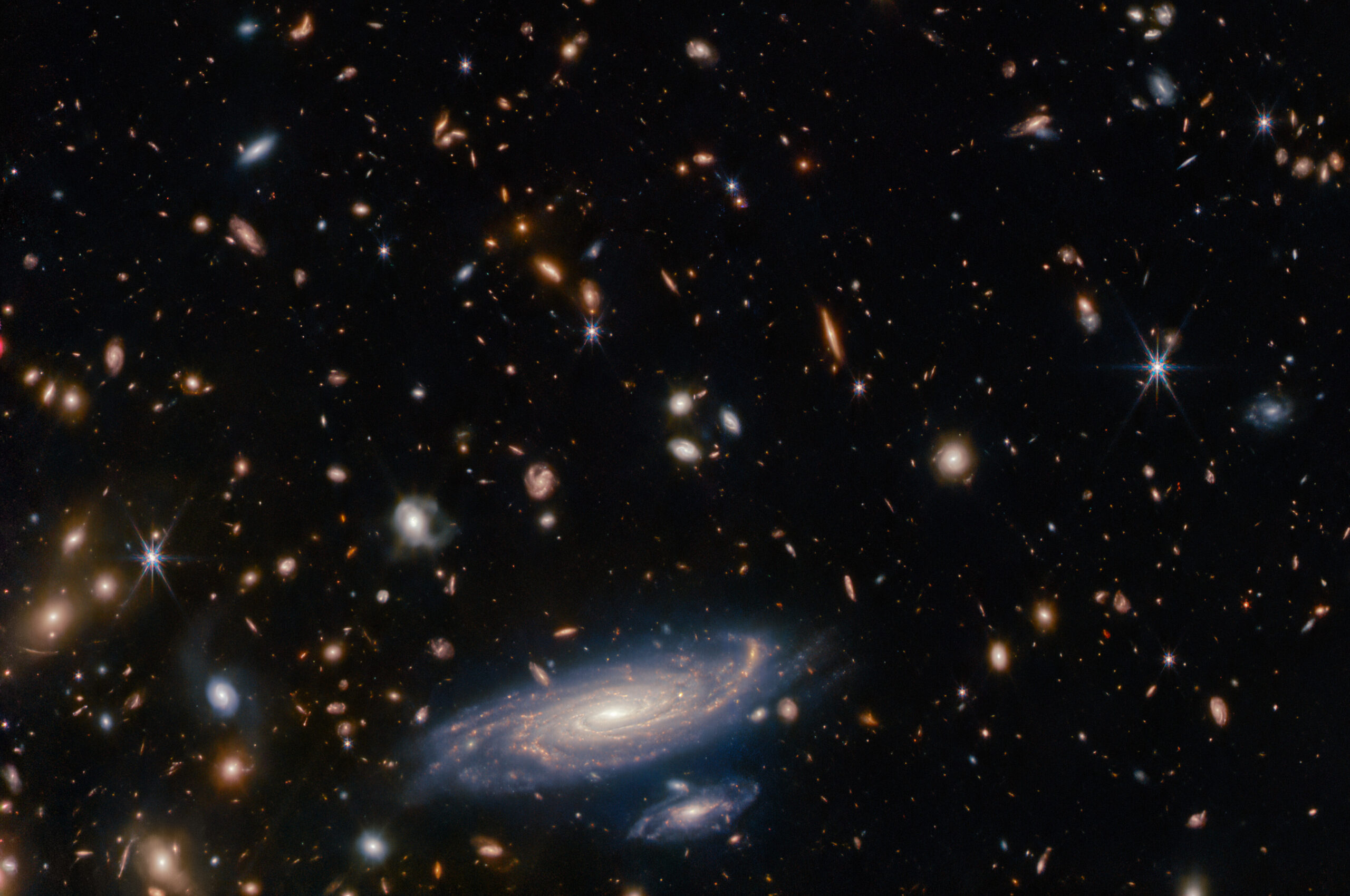In the absence of observable biosignatures, the search for life beyond the solar system currently focuses on the search for habitable planets. In particular, the concept of the habitable zone (HZ) around a host star is an important assumption in exoplanet research. The HZ is the zone of orbits that allows liquid water on a planet’s surface, which recognizes the importance of water for life as we know it. The HZ concept was first alluded to in Newton’s Principia, but its current incarnation is tied to modern models of planetary climate. The boundaries of a HZ depend on the luminosity of a parent star and the concentration of greenhouse gases in a planet’s atmosphere. But what does “in the habitable zone” imply in terms of the likelihood of finding life? And would life necessarily be restricted to the HZ?
In this talk, David C. Catling will argue that the habitable zone can be thought of as a heightened probability of possible life on a planet within a restricted range of star-planet distances, which we use as a Bayesian prior to inform our search for life. The HZ is also a hypothesis that needs testing by observation. The conventional limits of the HZ are calculated with an Earth-like climate assumed to arise from a CO2–H2O-rich atmosphere on a rocky world, which, in principle, predicts trends of CO2 levels with star-planet distance. But such trends will be subject to considerable scatter caused by variable geophysical and physicochemical parameters of rocky planets and each world’s trajectory of atmospheric evolution. In fact, a planet in the HZ may not be habitable. Thus, there is more to the apparently simple concept of the HZ than meets the eye (or telescopic mirror).
David C. Catling is a professor in Earth and Space Sciences at the University of Washington, Seattle (USA). David is well known as a planetary scientist and as a geo- and astrobiologist whose research deals with planetary habitability, including how the environment and life on Earth co-evolved over billions of years. He has also been involved in NASA’s Mars and astrobiology research, for example, being on Science Teams for NASA’s Phoenix Lander and Mars Perseverance Rover. In addition to many scholarly papers, he’s also written two books in the past decade: for the lay person, Astrobiology: A Very Short Introduction (2013, Oxford University Press) and for researchers, with Jim Kasting, Atmospheric Evolution on Inhabited and Lifeless Worlds (2017, Cambridge University Press).
Webinar was recorded on March 3, 2022
